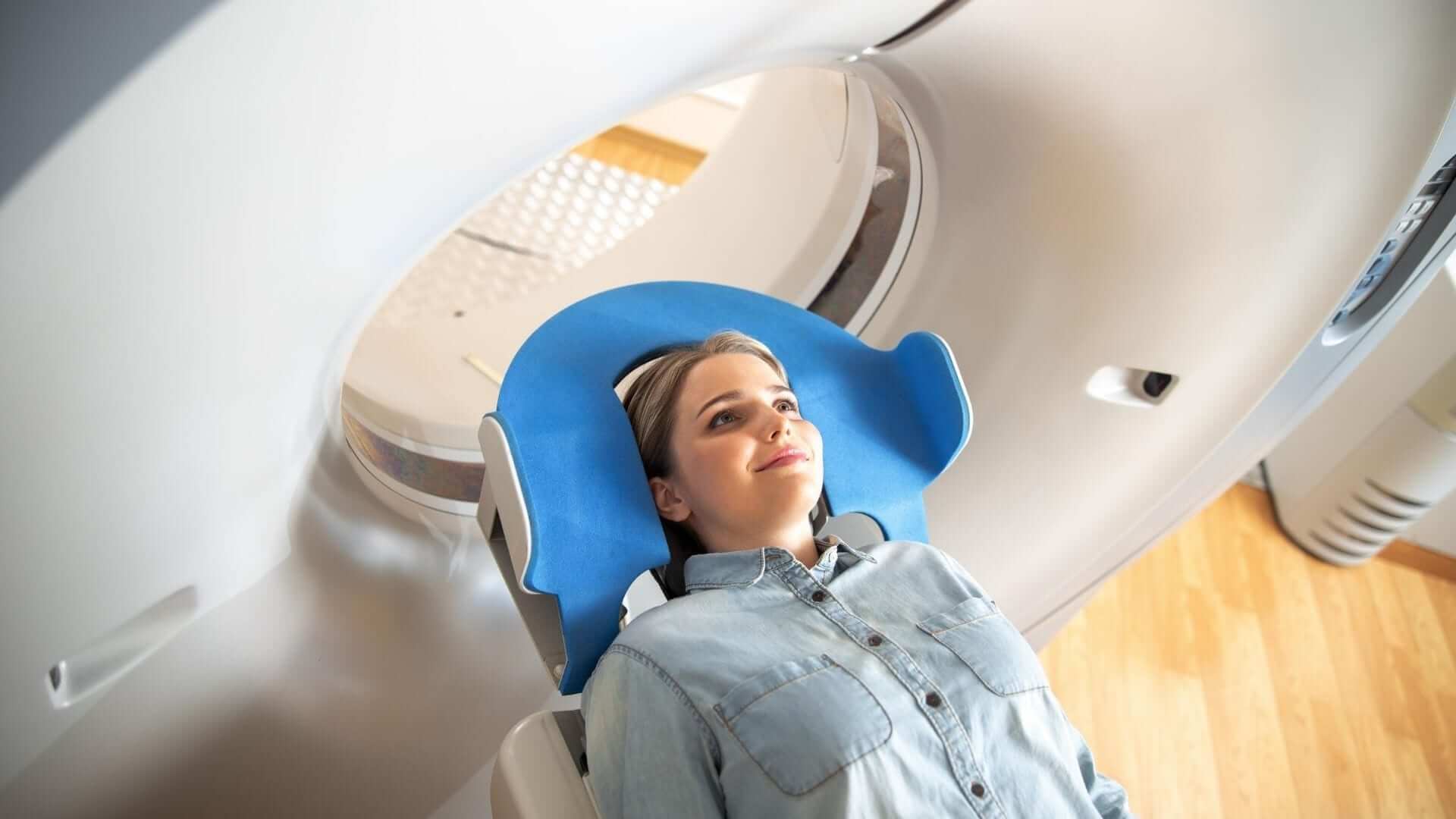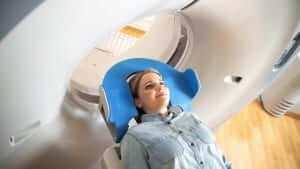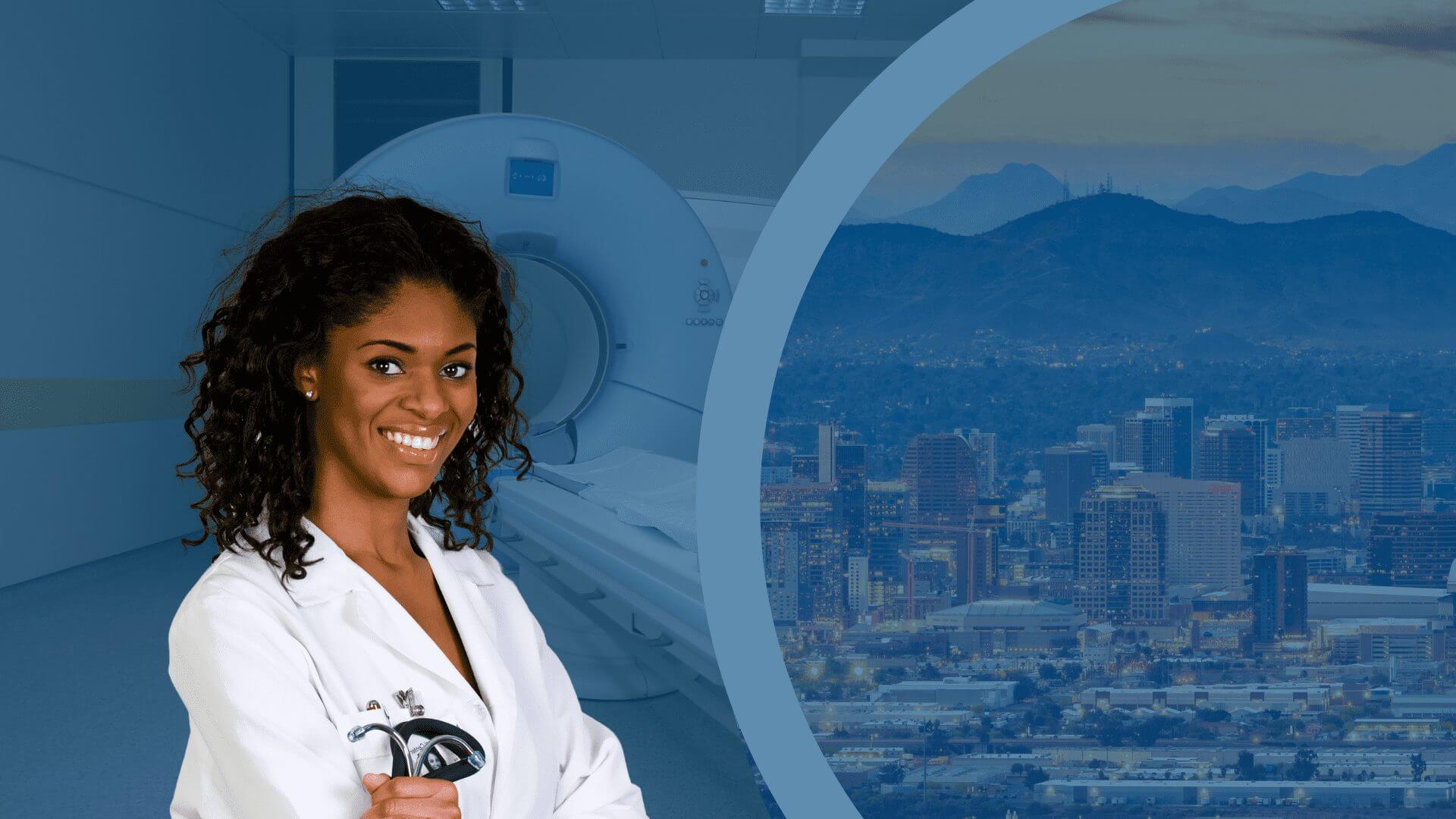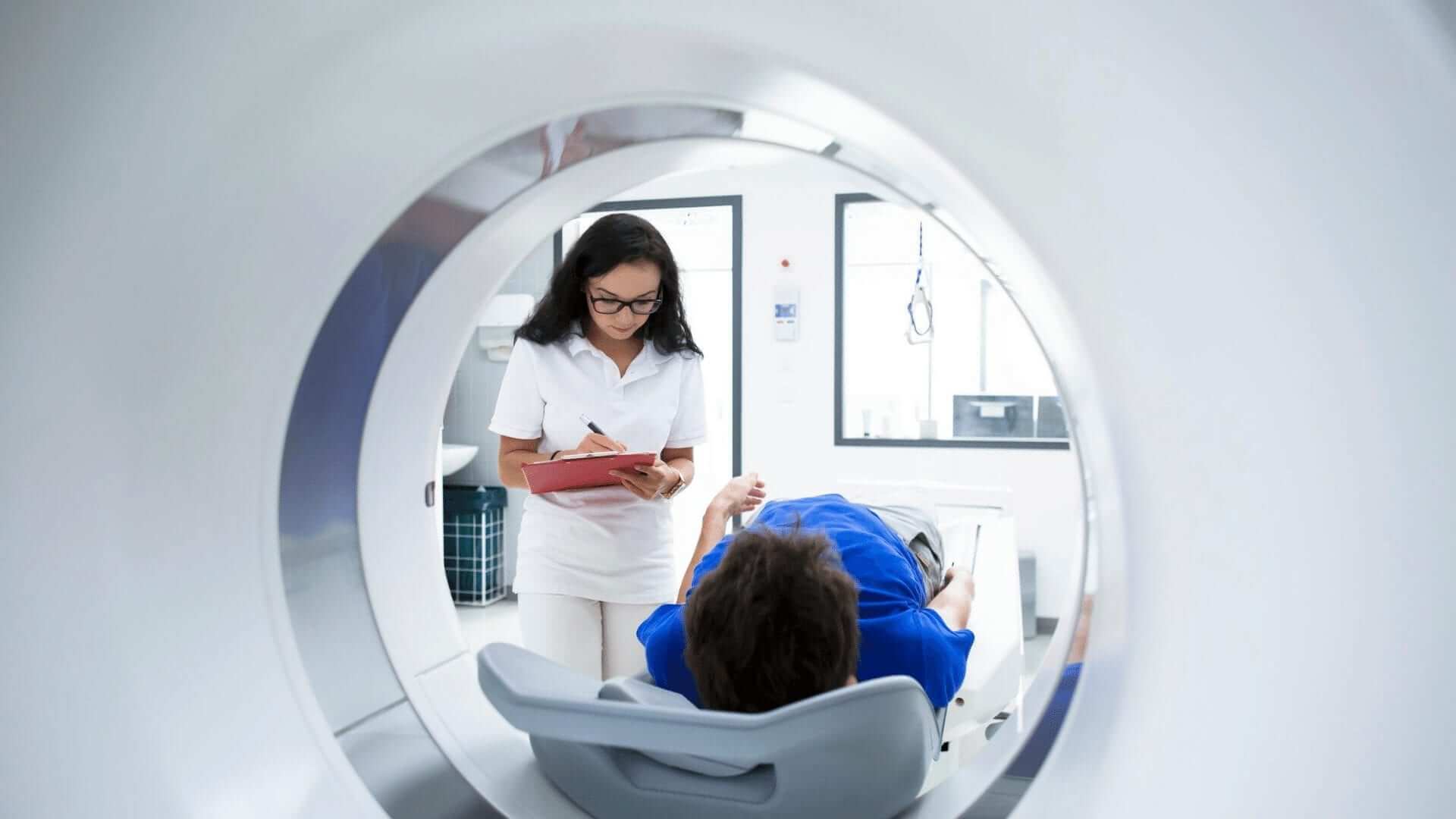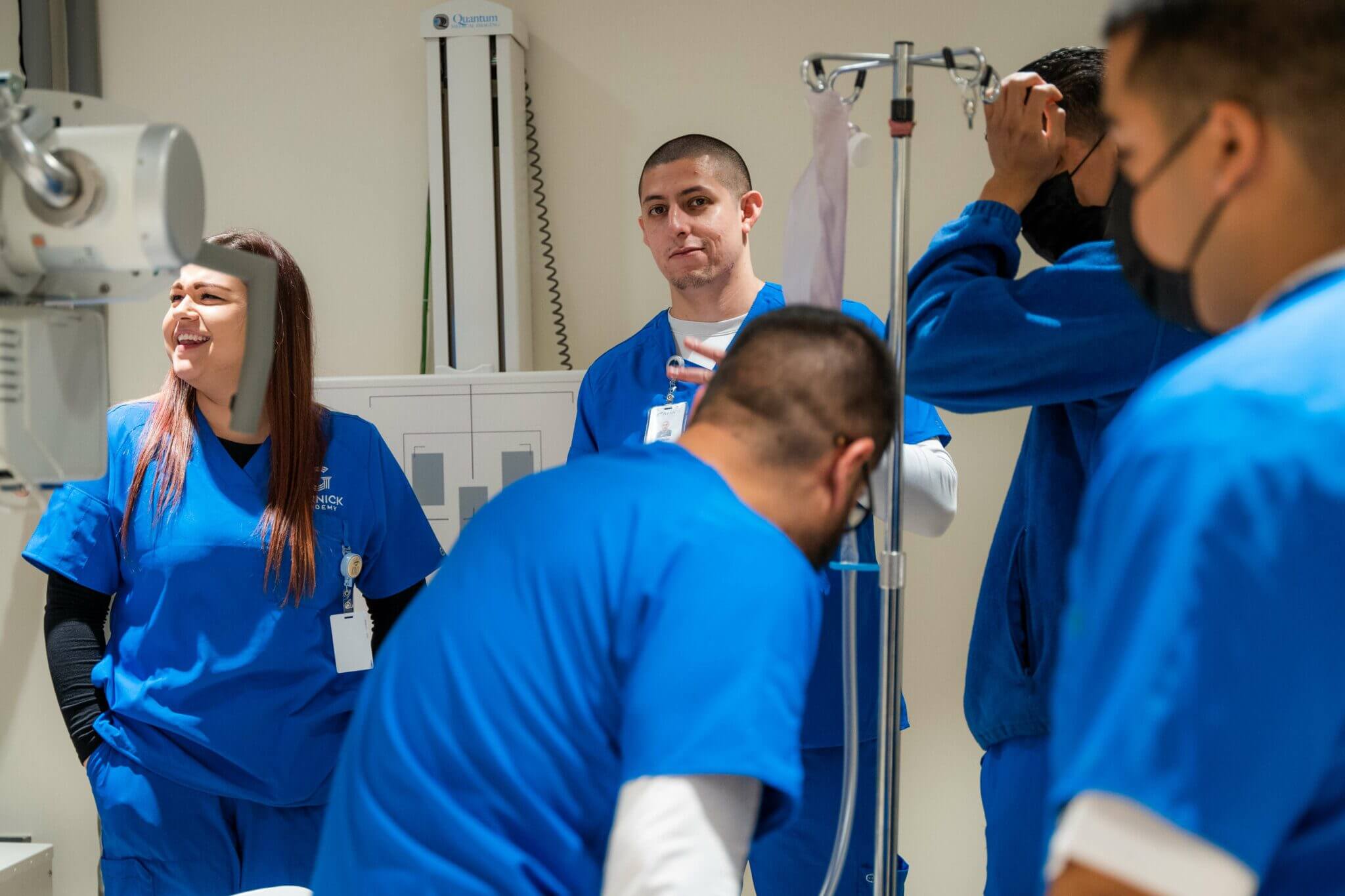Consider Radiologic Training After Getting Your Associate Degree
Date: September 28, 2022
Consider Radiologic Training after getting your associate degree. In the U.S., an associate degree is an educational degree awarded to someone who has fulfilled two years of study and completed the general education requirements of a defined accredited program at a junior college, four-year college, or university.
Radiologic Programs
Gurnick Academy of Medical Arts has two associate degree radiologic programs. These include the Associate of Occupational Science (A.O.S.) in Radiologic Technology and the Associate of Science (A.S.) in Radiologic Technology. Both are accredited by The Joint Review Committee on Education in Radiologic Technology (JRCERT).
Not to be confused, Gurnick Academy of Medical Arts also offers an X-ray Technician with Medical Assistant Skills program, a diploma-based course pairing Medical Assistant duties with limited-scope X-ray functions. These individuals may practice within limited scopes of practice, including X-ray examinations of the chest, upper and lower extremities, and torso skeletal body parts.*
Finally, we offer a Bachelor of Science in Diagnostic Medical Imaging (BSDMI) program for those who wish to further their education beyond the associate levels.
Educational Requirements For an RT
Education levels within the Radiologic Technology field range from basic limited-scope certificates to master’s levels. Comprehensively, these include certificate, associate, and bachelor’s degrees culminating with a Master’s in Radiology.1
Perhaps, you’ve heard of individuals achieving radiologic certification after completing an associate degree in another field? Is this possible? How does one do this? What is the difference between obtaining an associate degree in Radiologic Technology and specialty certifications?
There are several Radiologic Technology professional pathways. This article focuses on two tracks for certification and registration. They include primary and postprimary routes.
Primary and Postprimary Pathways
Primary Eligibility Pathway
The first option in Radiologic Technology is the primary eligibility pathway. “The primary pathway is how most people earn their first credential. It includes completing an approved educational program.”2
A primary pathway includes:
- First, earning an approved associate’s degree or higher;
- Completing an approved program in the same discipline as the credential one is pursuing;
- Passing an ethics requirement;
- Passing a board-certifying examination.3
One may earn primary credentials in the following disciplines:
- Magnetic Resonance Imaging (MRI);
- Nuclear Medicine Technology;
- Radiation Therapy;
- Radiography;
- Sonography;
- Vascular Sonography.4
Postprimary Eligibility Pathway
The second option is the postprimary eligibility pathway. Generally, this is for “those who are currently certified and registered with the appropriate entity and would like to pursue an additional credential. A postprimary pathway may also be obtained by those who hold credentials from the American Registry for Diagnostic Medical Sonography (ARDMS®) or the Nuclear Medicine Technology Certification Board (NMTCB).”2
A postprimary eligibility pathway includes:
- Being certified and registered in a supporting category;
- Completing 16 hours of structured educational activities;
- Performing and documenting numerous clinical procedures;
- Passing an ethics requirement;
- Passing a board-certifying examination.3
One may earn postprimary credentials in:
- Bone Densitometry;
- Breast Sonography;
- Cardiac Interventional Radiography;
- Computed Tomography;
- Mammography;
- MRI;
- Vascular Interventional Radiography.4
Radiologic Technology Program Prerequisites
An average Radiologic Technology program necessitates the completion of prerequisites in anatomy and physiology, computer literacy, elementary algebra, English 1-A, human structure and function, anatomy and physiology survey, and medical terminology. Both routes require the professional to commit to continuing education, enjoy working with people, and have a favorable bedside manner.
Adding Certification
Choosing which pathway to consider ultimately depends on one’s healthcare career goals. If you already have an associate degree, chances are you’ve completed all or most of the radiologic program’s prerequisite coursework. Adding radiologic training certification may provide your vocation an edge it didn’t have prior.
If you are already in healthcare, following a postprimary pathway may allow you to study the major specializations you wish to focus on. Either route is posturing oneself to enter a highly demanding and growing field.5
An associate degree combined with a radiologic program certificate and varying scopes may increase one’s marketability to potential employers. Whether you opt to finish your education with an associate degree or add to it with a postprimary pathway, it’s important to remember that one cannot learn from a program they haven’t yet enrolled in.
Enroll Today
Get a head start and enroll in a quality Radiologic Technology training program today.
*Graduates who complete an X-ray Technician with Medical Assistant Skills program must also pass the California State Examination to secure an X-ray Technician position.
Citations:
1 “Radiologic Technologist Wage and Salary Survey.” The American Society of Radiologic Technologists. 2016. (Assessed Feb. 7, 2022.)
2^a, b “Requirements–ARRT.®” Www.arrt.org, American Registry of Radiologic Technologists® (ARRT).® (Accessed Sept. 28, 2022.)
3^a, b Admin. “How to Get Certification and Registration: Your Complete Guide.” Medical Professionals, Medical Professionals. Oct. 6, 2020. (Accessed Sept. 28, 2022.)
4^a, b Bouchrika, Imed. “Radiology Careers: 2022 Guide to Career Paths, Options, and Salary.” Research.com, Research.com. Sept. 17, 2021. (Accessed Sept. 28, 2022.)
5 Bureau of Labor Statistics. US Department of Labor, Occupational Outlook Handbook. Radiologic and MRI Technologists. (Accessed Feb. 4, 2022.)
ARRT®, the American Registry of Radiologic Technologists,® and R.T. (MR) (ARRT)® are registered trademarks owned by the American Registry of Radiologic Technologists.® Gurnick Academy of Medical Arts is not licensed by, endorsed by, or affiliated with the American Registry of Radiologic Technologists.®

